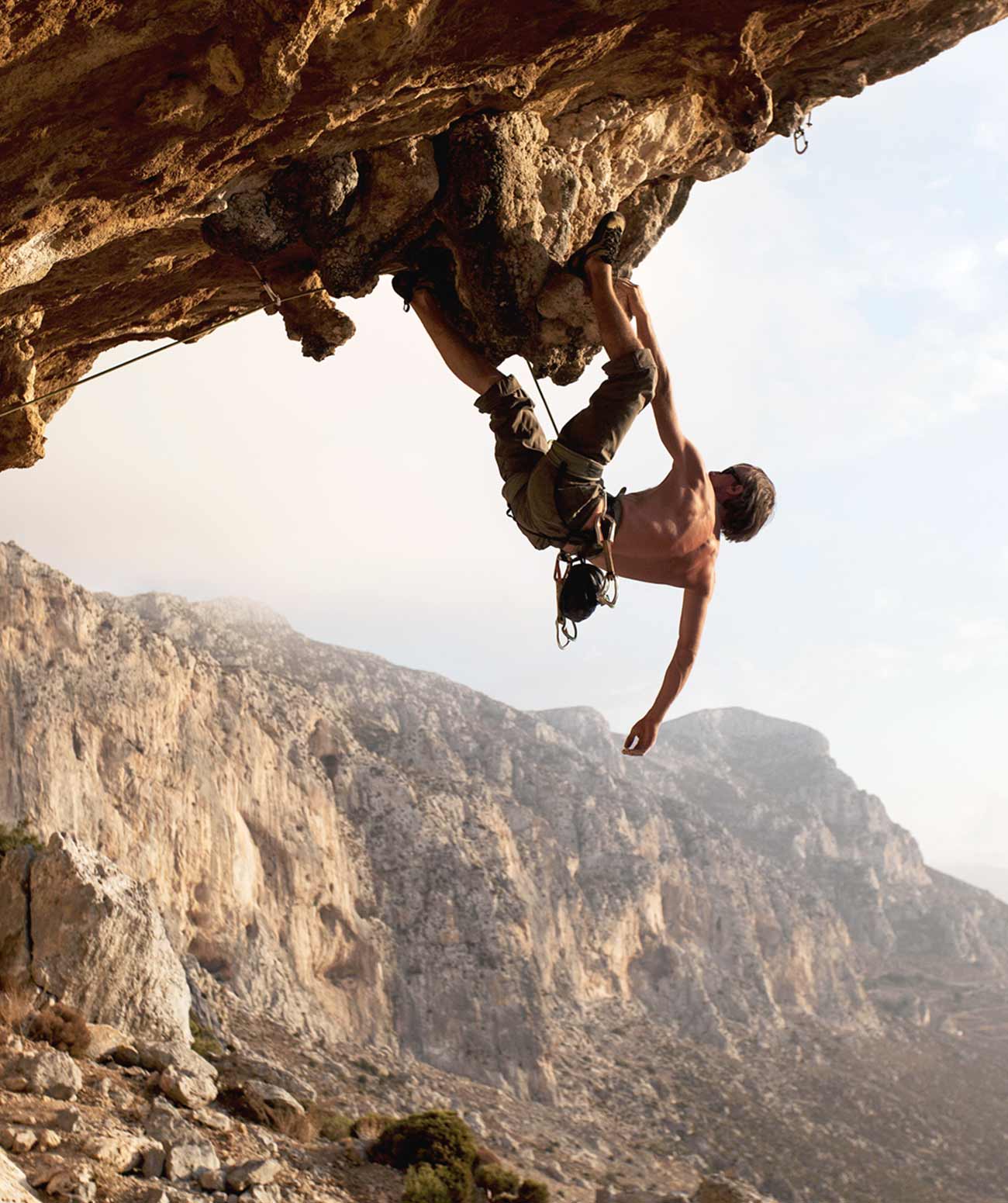The Ultimate Grand Canyon Travel Guide for alpinists
One of the most important tourist spots of the USA with its unique appearance, the Grand Canyon is a huge canyon that really deserves the word “Grand” in English. Also, a detail that catches your attention when you first come to the Grand Canyon is that you will see many caravans. Caravan use is very common in the USA, and American domestic tourists prefer to visit national parks such as the Grand Canyon by caravan. However, even if there is no caravan, it is possible to enjoy the Grand Canyon by private vehicle, as there are many hotels that appeal to different budgets. With its unique geological colors and erosive forms, the Grand Canyon is 466 km long (277 river miles), 29 km (18 miles) wide and 1.6 km (1 mile) deep. The oldest of the rocks in the inner passages below the canyon date back to 1.84 billion years ago. There are more than 1500 plant, 355 bird, 89 mammal, 47 reptile and 9 amphibian species in the park. In addition, 17 fish species live in the Colorado River and its tributaries. The Colorado River forms a barrier that divides the Grand Canyon in two. The average distance across the canyon is only 16 km (10 miles), while the distance between the villages of South Rim and North Rim is 346 km (215 miles) and takes 5 hours by car. As you can see, this is a huge place. If you want to visit all of them, you need to take time.

Most of the Grand Canyon National Park is made up of soft rocks. For this reason, most rocks are unsuitable for climbing. However, the park has several sports and climbing centers, as well as some bouldering areas. Although most of the cliffs in the Grand Canyon are not suitable for climbing, there are areas that are suitable. And it can give climbers a very pleasant climbing impression. Most of the routes identified in this area are over South Rome in the area around the Grand Canyon Village and Desert View Drive. There are also several classic routes in the Grand Canyon.
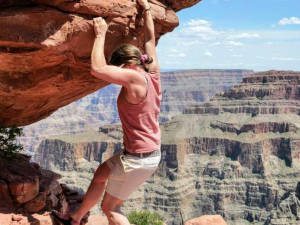
Grand Canyon climping areas
South Rim
Climbing places in the Grand Canyon are rich in limestone called Kaibab. Near the Bright Angel Trail are several short sport climbs with few but very good spots. However, there may be some problems with the durability of the stone. For this reason, climbing can be as exciting as it is dangerous. Other climbs are located further east along Desert View Drive. Because the Kaibab limestone is located along the edges of the climbs, it offers climbers the best opportunity to climb the strongest strata of the Grand Canyon.
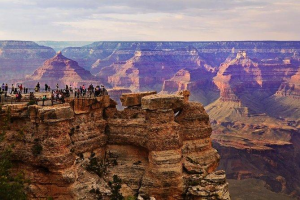
Inner Grand Canyon rock climbs
The Classic Inner Canyon Ascent is named Zoroastrian temple. A normal person will need a day or a few days of intense travel on each trip. The Tonto Platform has good climbing points along Redwall Limestone. However, because of the harder rocks along the Colorado River, excellent climbing sites can be found.
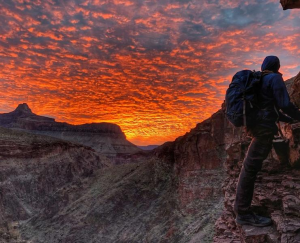
Climping points
There are important climbing points such as Zoroaster Temple, O’Neill Butte and Excalibur in the Grand Canyon. All three of these climbing points fall into the category of sports. The difficulty level of the climb points is from 4 to 5.10.
- Zoroaster Temple climbing difficulty: 4 to 5.8
- O’Neill Butte ascent difficulty: 5.8
- Excalibur climbing difficulty: 5.10
Where can you do mountaineering?
Mount Hayden
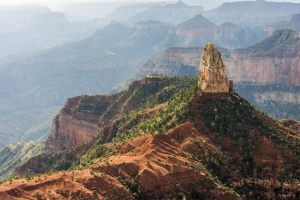
Mount Hayden is located south of the Point Imperial estate in the North Rim of the Grand Canyon. The height of the mountain is 8372 feet. The difficulty of climbing Mount Hayden is from 5.7 to 5.8.



